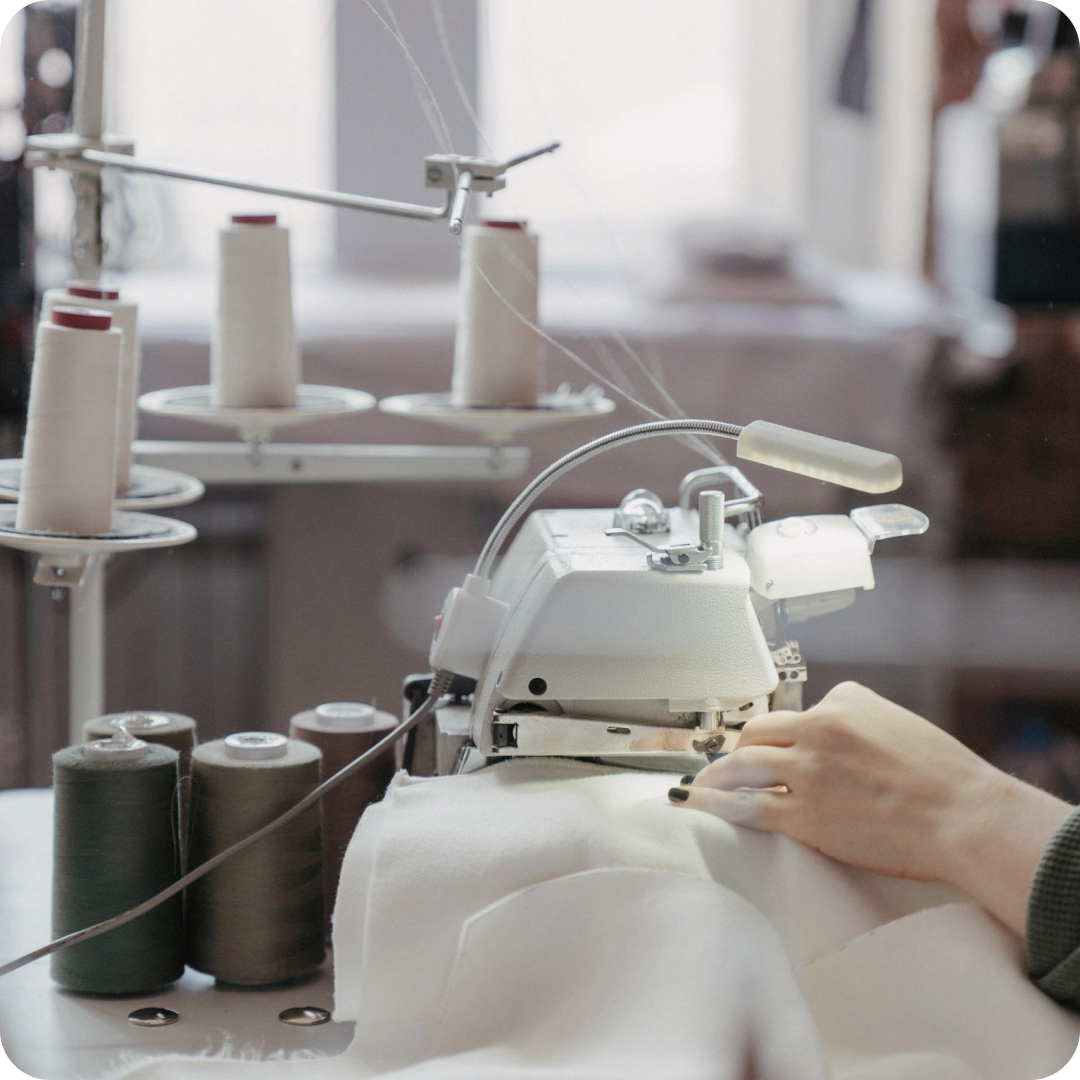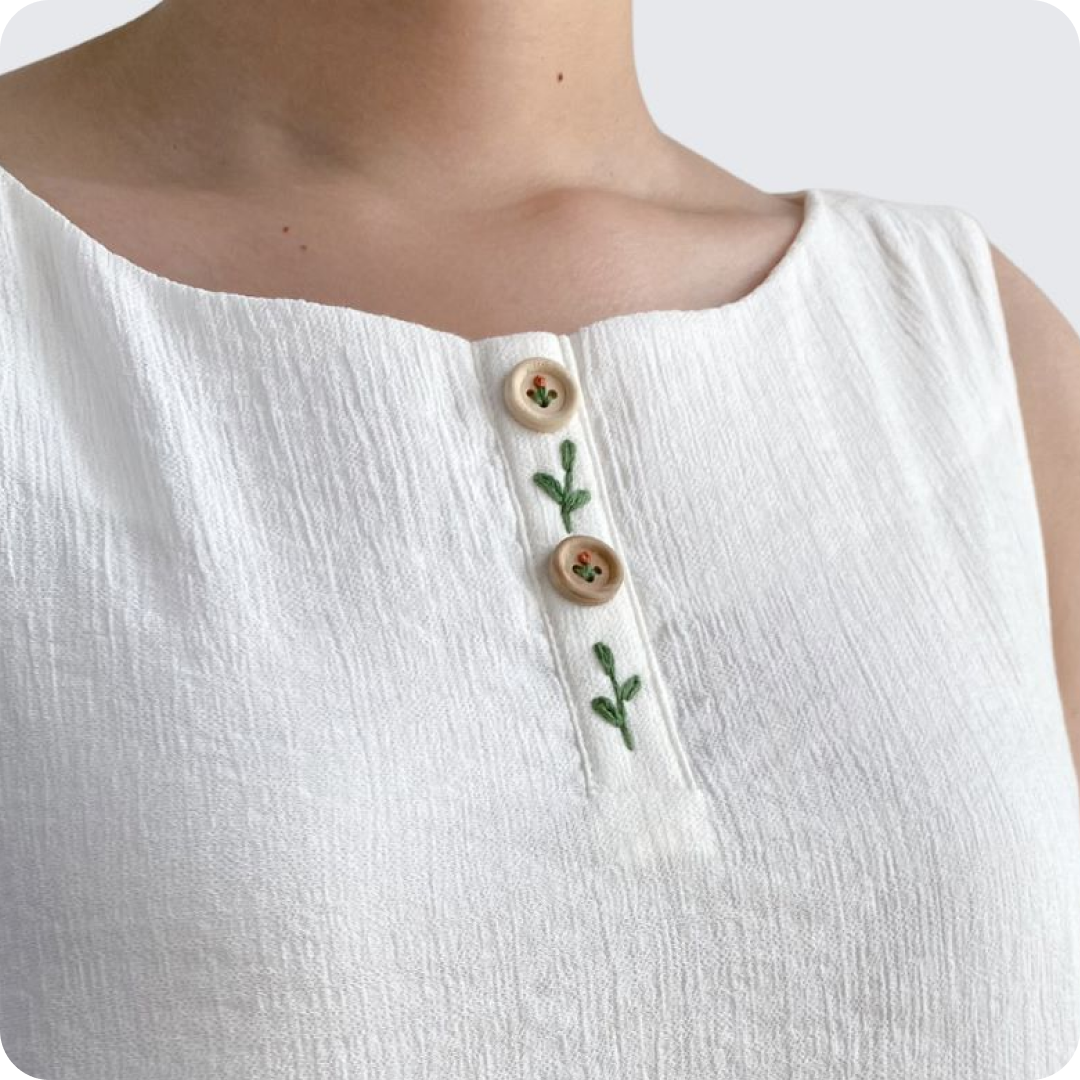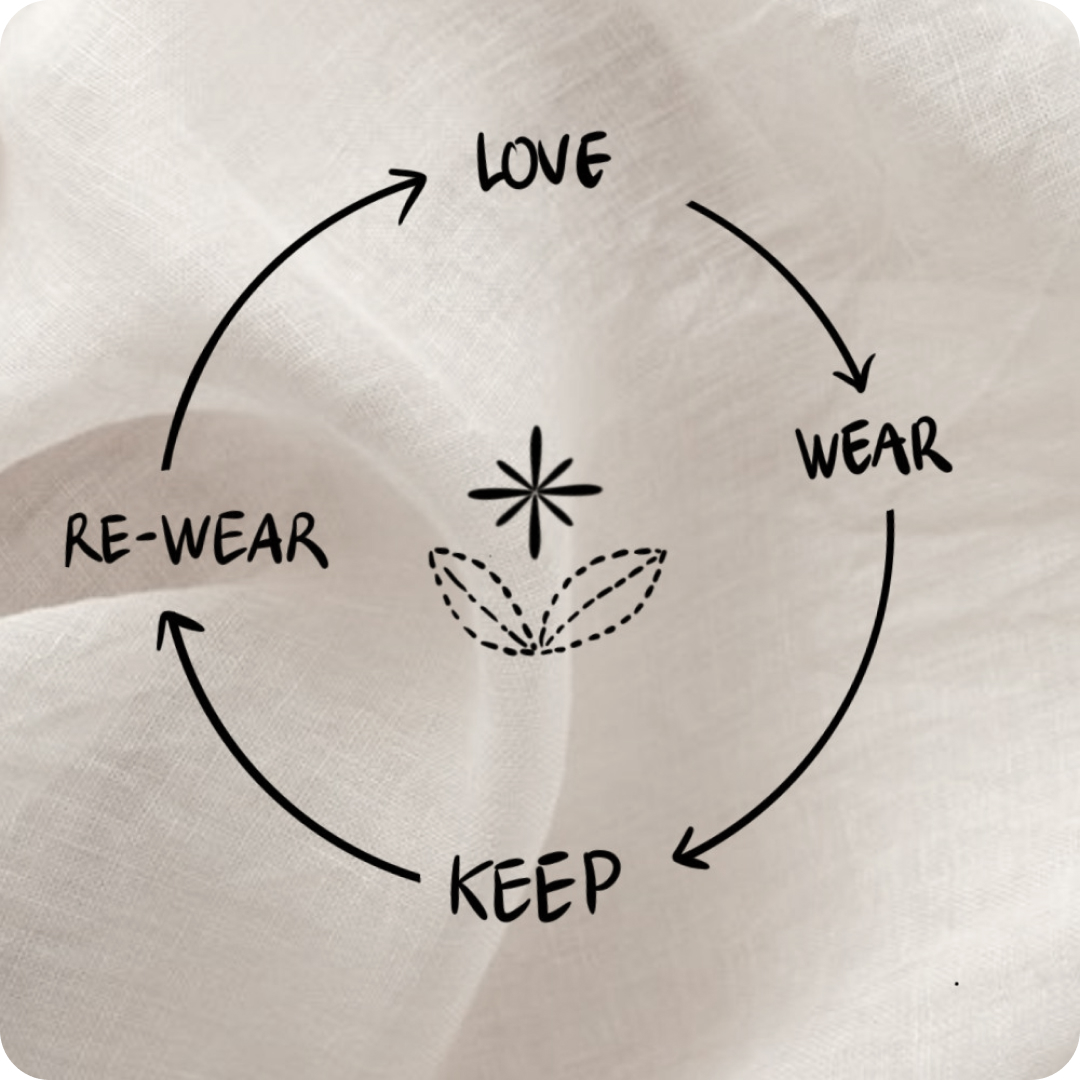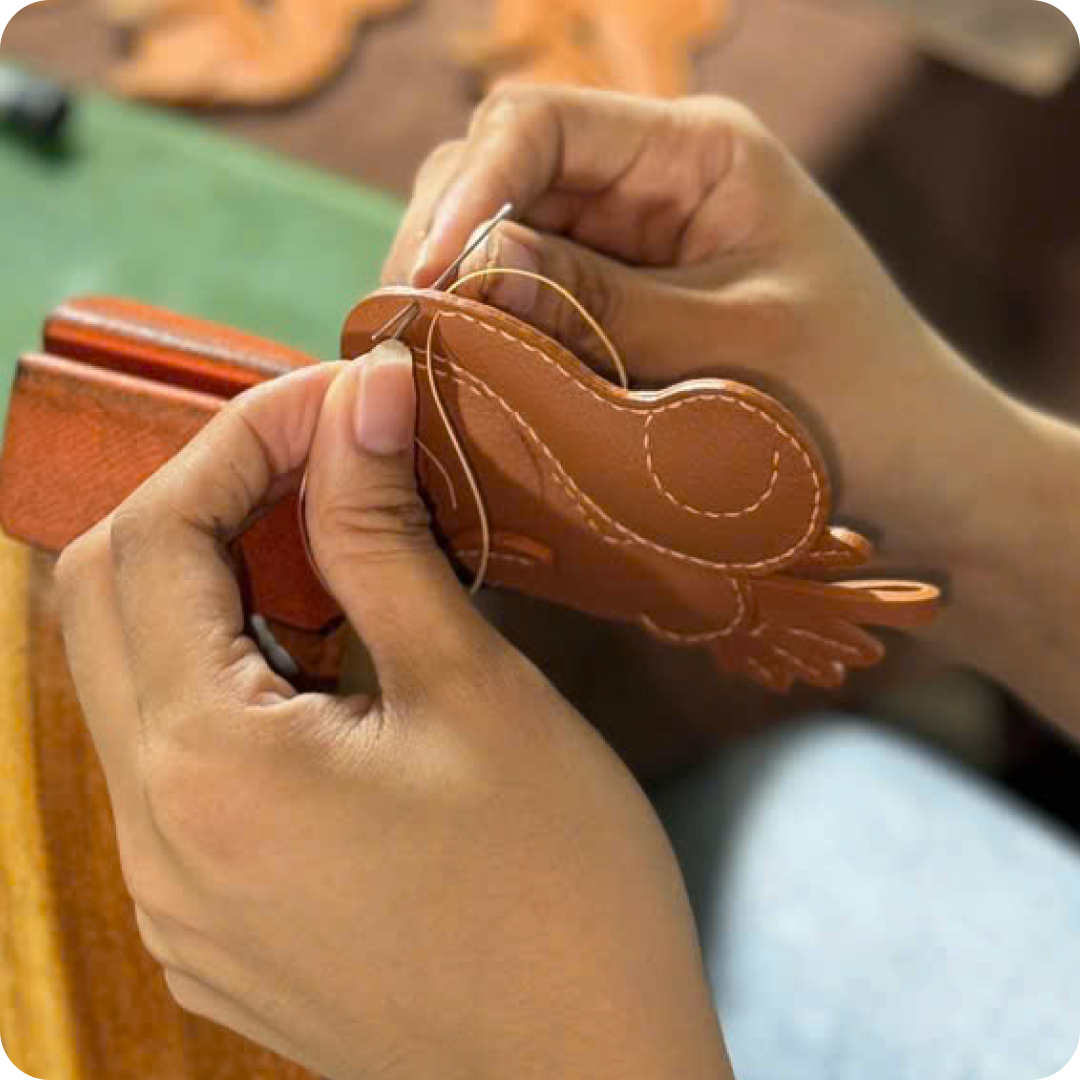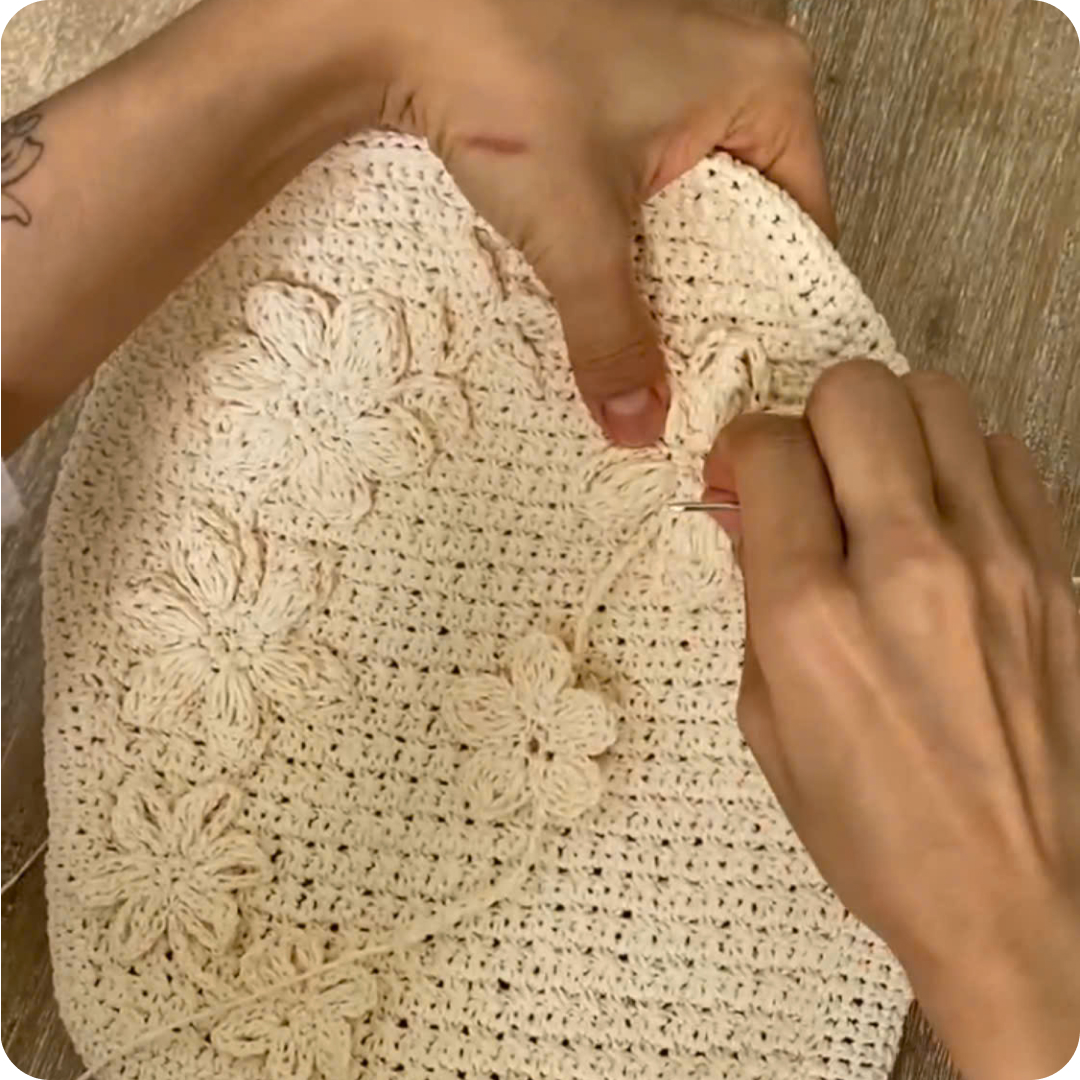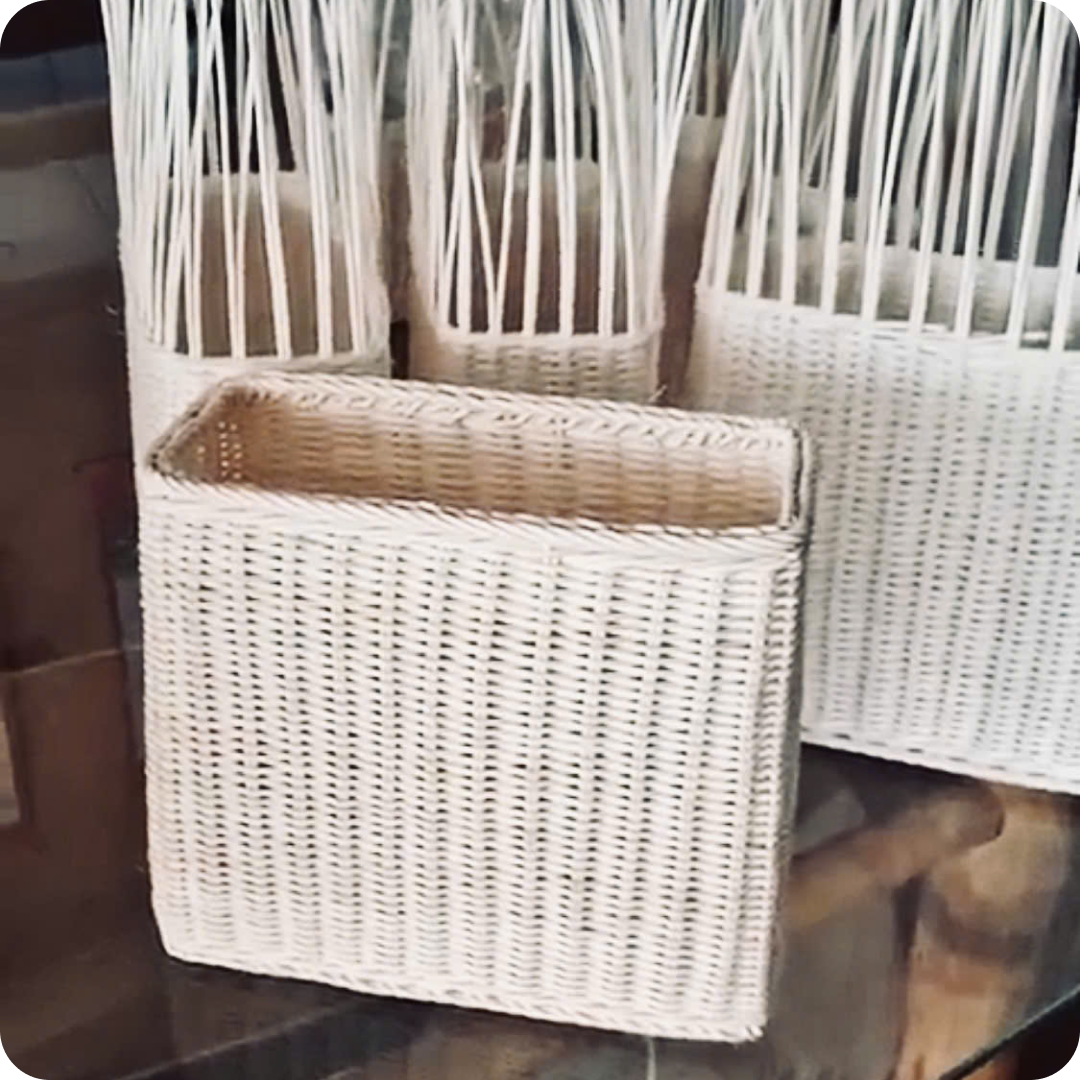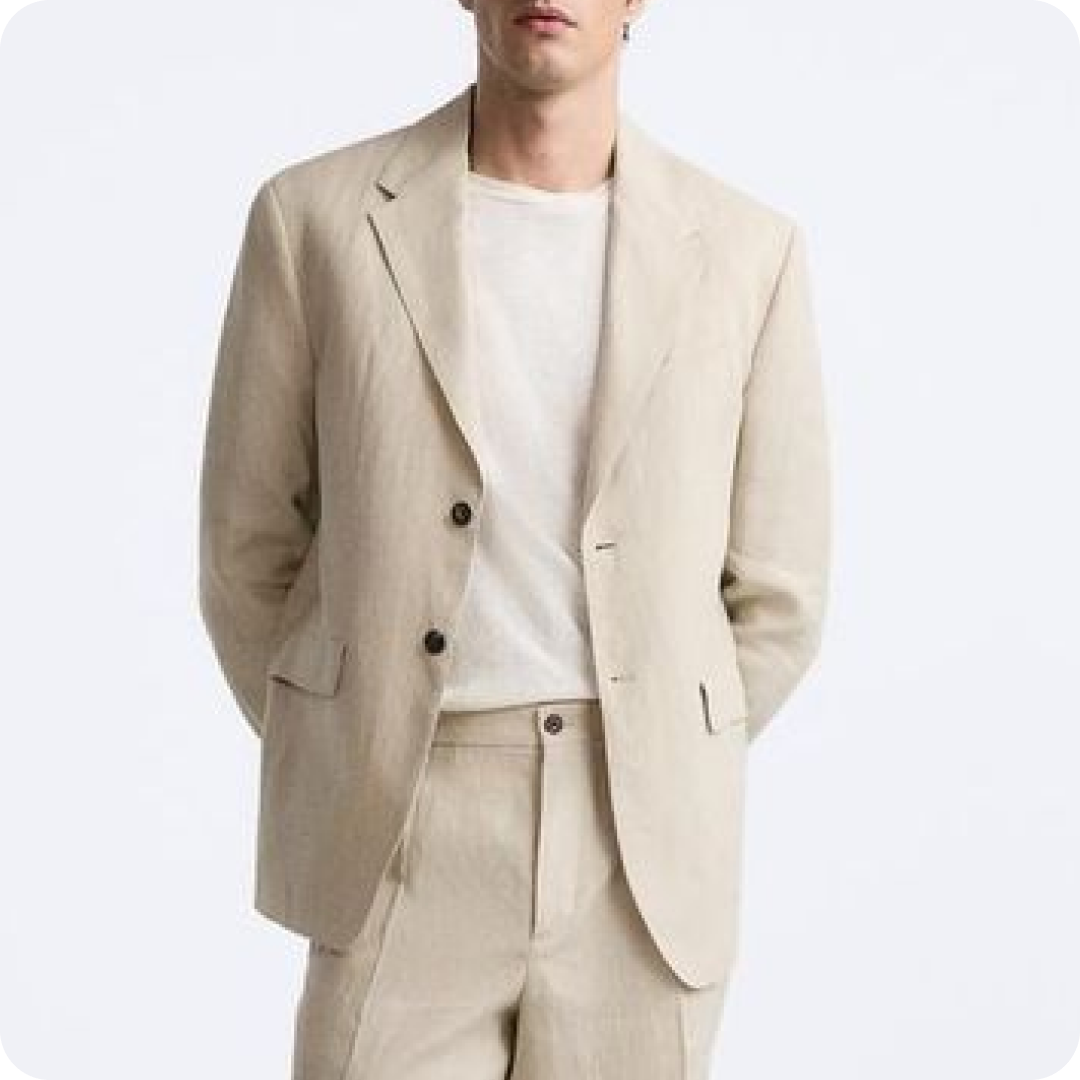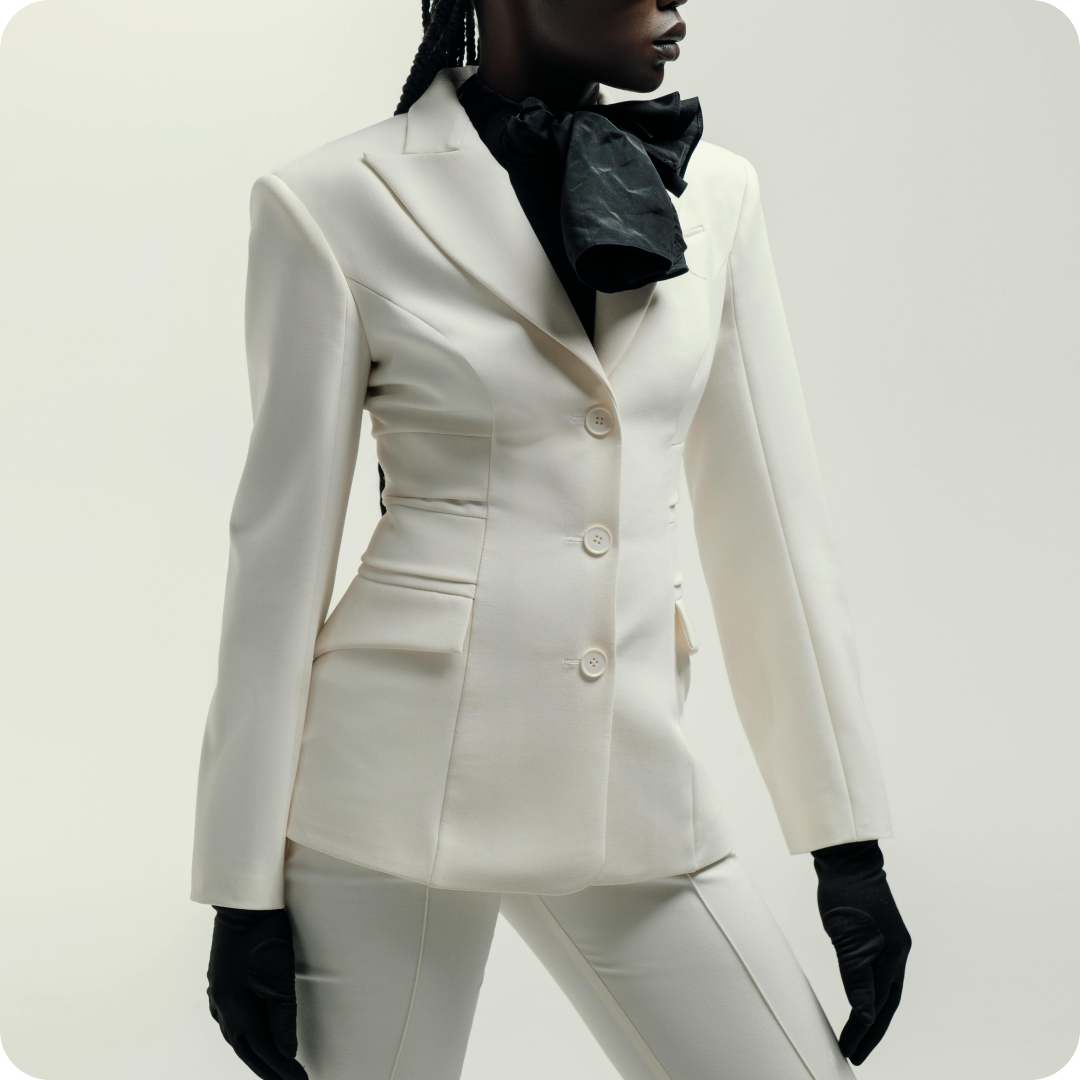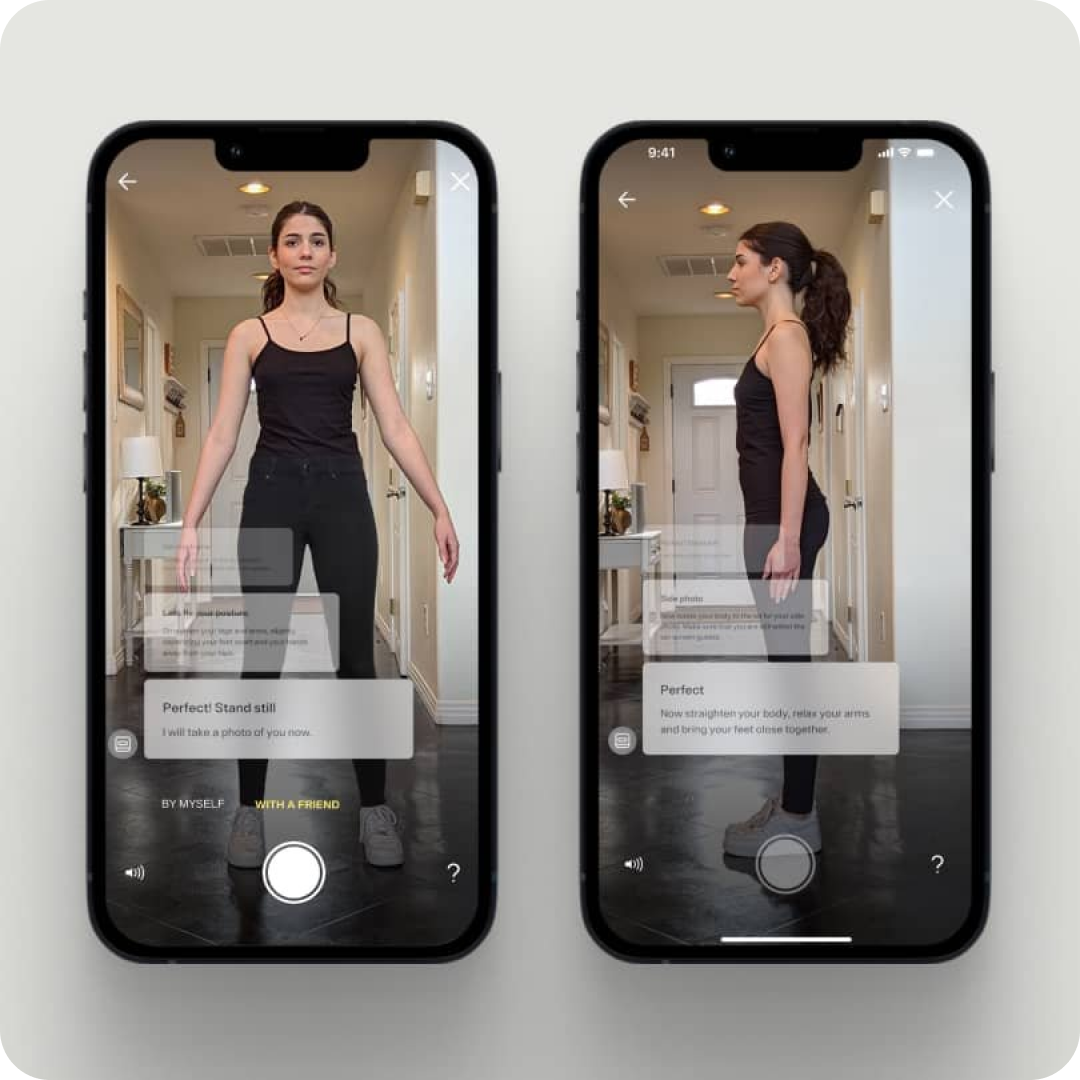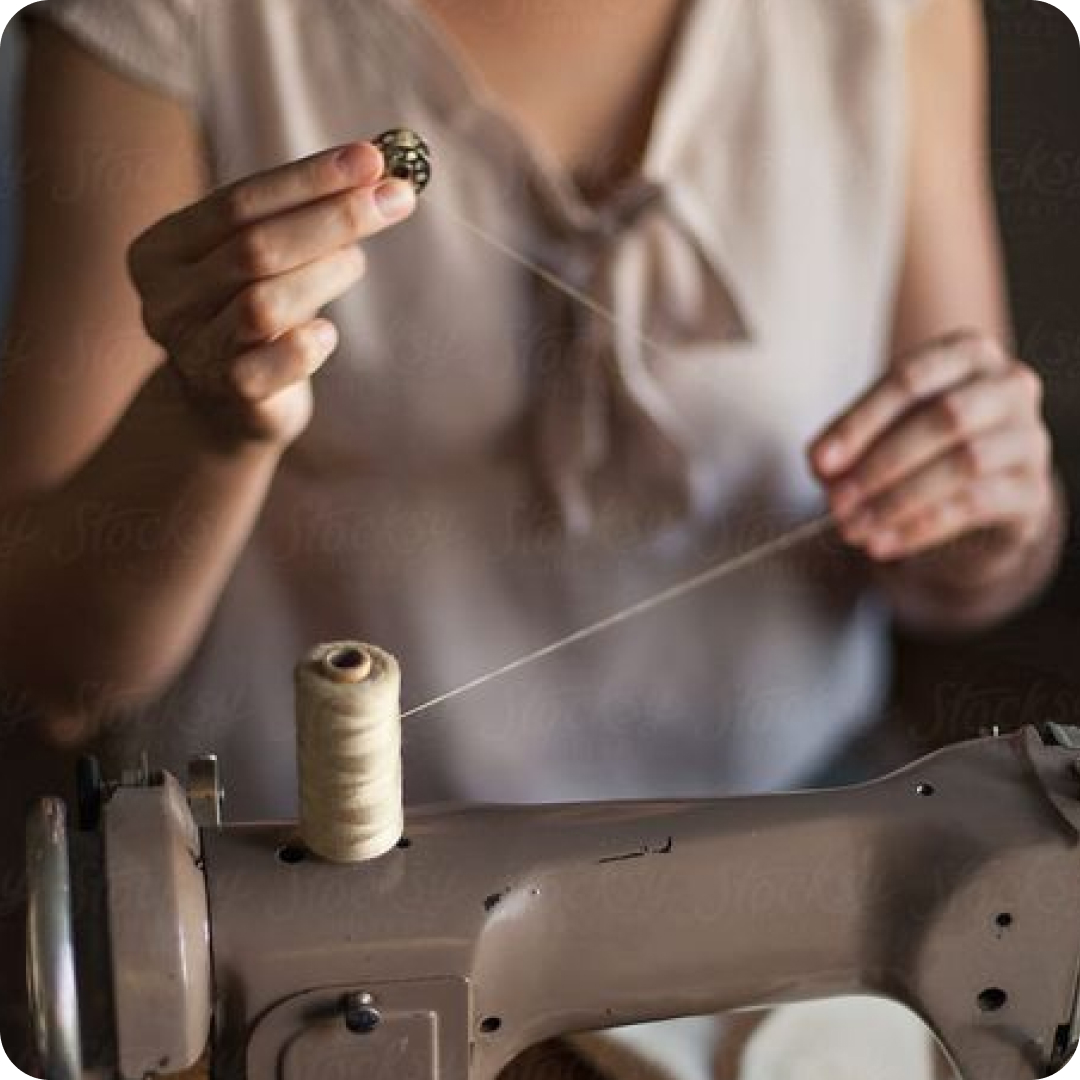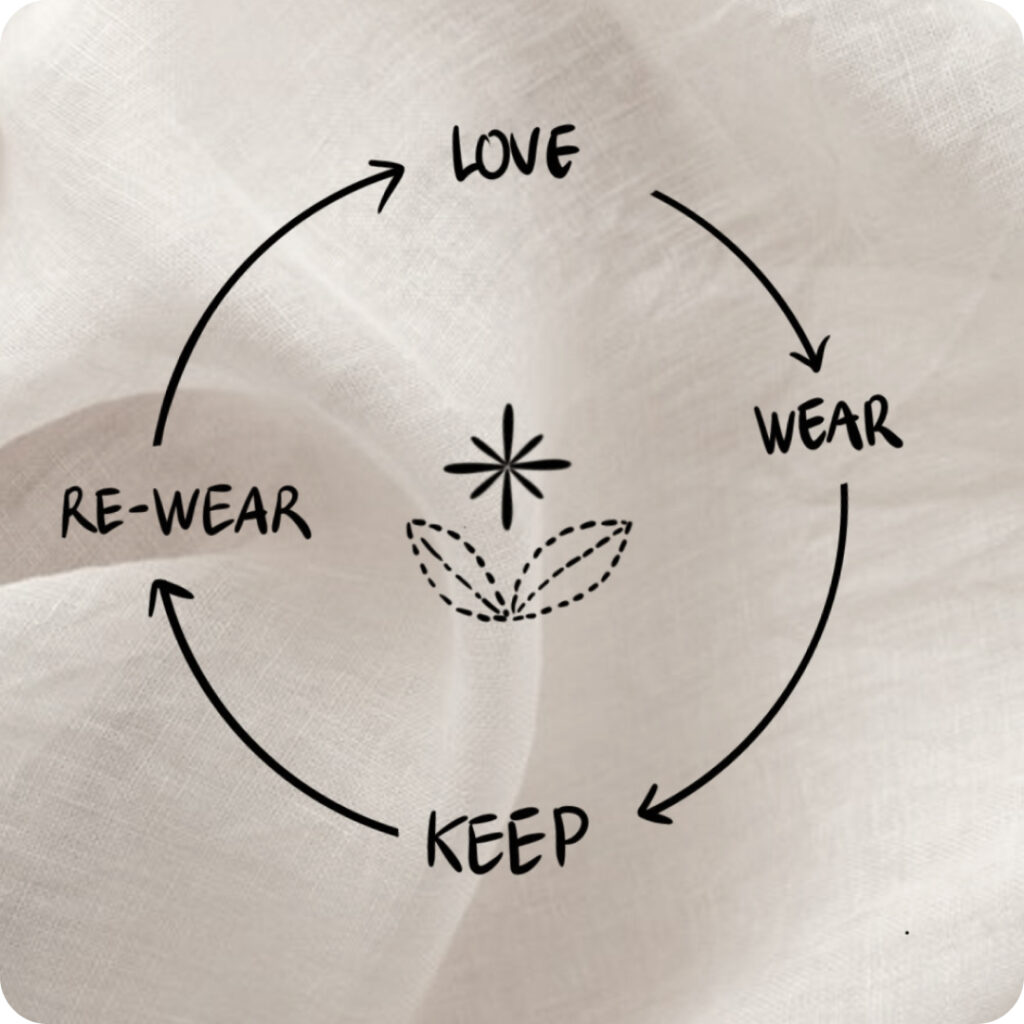3D Design Revolution in High Fashion
What is 3D design?
The landscape of high fashion is undergoing a transformation that is as much about technology as it is about textiles. With the advent of 3D design, we’re witnessing a paradigm shift that’s reshaping the industry, offering new insights and possibilities.
The vanguard of this change is epitomized by the seamless integration of 3D rendering and visualization into the creative workflows, impacting everything from concept development to customer experience. This article delves into the latest trends and insights at the confluence of 3D design and high fashion.
3D design revolutionizes garment creation (Internet Source)
In our contemporary digitized world, customers are seeking immersive experiences that blur traditional boundaries. Brands and designers, in response, are leveraging 3D design to create virtual prototypes and intricate patterns with precision and efficiency. This not only expedites the design process but also allows for the experimentation of silhouettes and textures without the constraints of physical production.
The benefits of 3D design
The synergy of art and design education, such as the Parsons School of Design, with industry reports on metaverse fashion trends, demonstrates the significance of 3D design in informing future fashion trends.
As 3D renderings continue to grip the virtual spaces, the metaverse emerges as a frontier for fashion designers to showcase innovation beyond the constraints of the physical world. The ability to create and experience fashion in fully realized digital environments paves the way for a revolution where wearability in the digital sphere stands on par with physical textiles.
3D models have revolutionized online shopping and clothing design by offering consumers an interactive and personalized experience. Through 3D design online, shoppers can see how garments look from every angle, visualize custom alterations, and even understand the drape and fit on avatars tailored to their measurements.
The technology enables brands to provide a try-before-you-buy experience digitally, minimizing returns and increasing customer satisfaction.
3D fashion design enables pre-selling by showcasing digital collections to customers. (Internet Source)
Moreover, the application of generative AI within the realm of fashion has further propelled the capabilities of 3D design. By harnessing AI to digest and model data from consumer trends, designers are able to create styles that are predictive, responsive, and deeply personalized. Design leads can specify their needs for insights and visualization tools, empowering them to extrapolate 3D renderings that not only reflect current fashions but also predict and set forth new trends.
As we peer into the future, trend forecasting firms like WGSN stress the continued impact of 3D visualization and rendering on consumer insight and product design.
By 2024 and beyond, it’s anticipated that will become a staple in the toolbox of every high-fashion brand, laying the foundation for innovations we have yet to imagine. Trading physical samples for digital twins will not just be an eco-friendly shift but will also revolutionize the speed and globalization of trendsetting.
In conclusion, 3D design stands at the forefront of the fashion industry’s tech revolution. With designers and brands embracing 3D rendering and visualization, the innovation potential seems limitless. From enhancing design methodology and democratizing fashion in the metaverse to offering enhanced digital shopping experiences and employing predictive generative AI, the use of 3D design in high fashion is not just a trend – it’s the pathway to an exciting, sustainable, and consumer-centric future. This digital craftsmanship heralds a new era where creativity meets technology, and where the tactile essence of fashion morphs into a realm of infinite possibilities.

